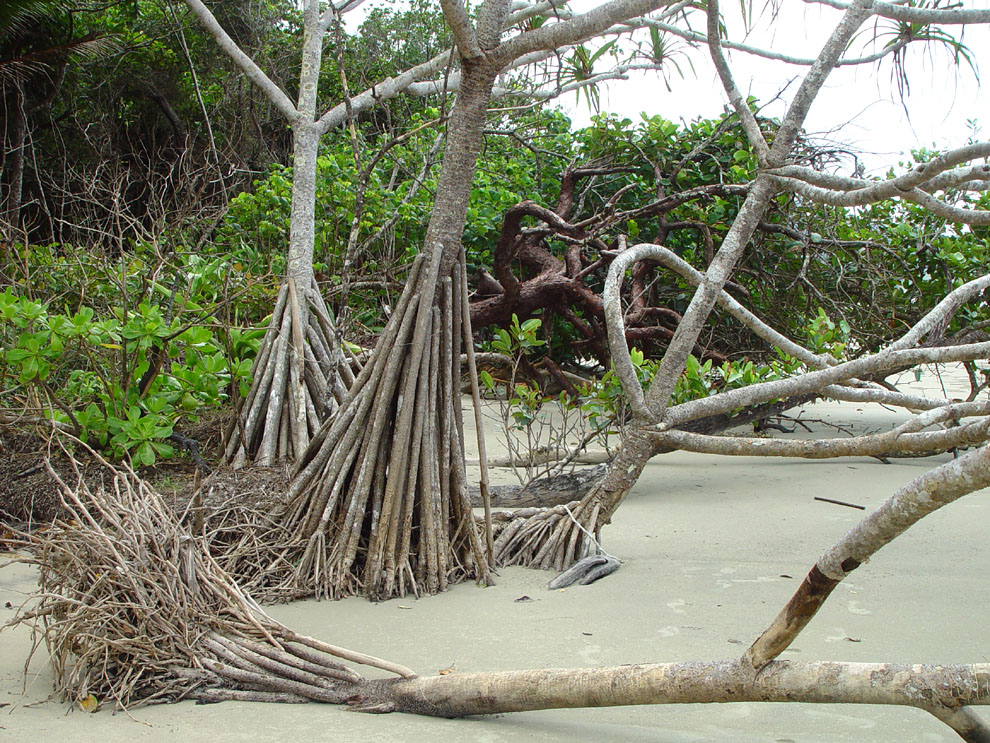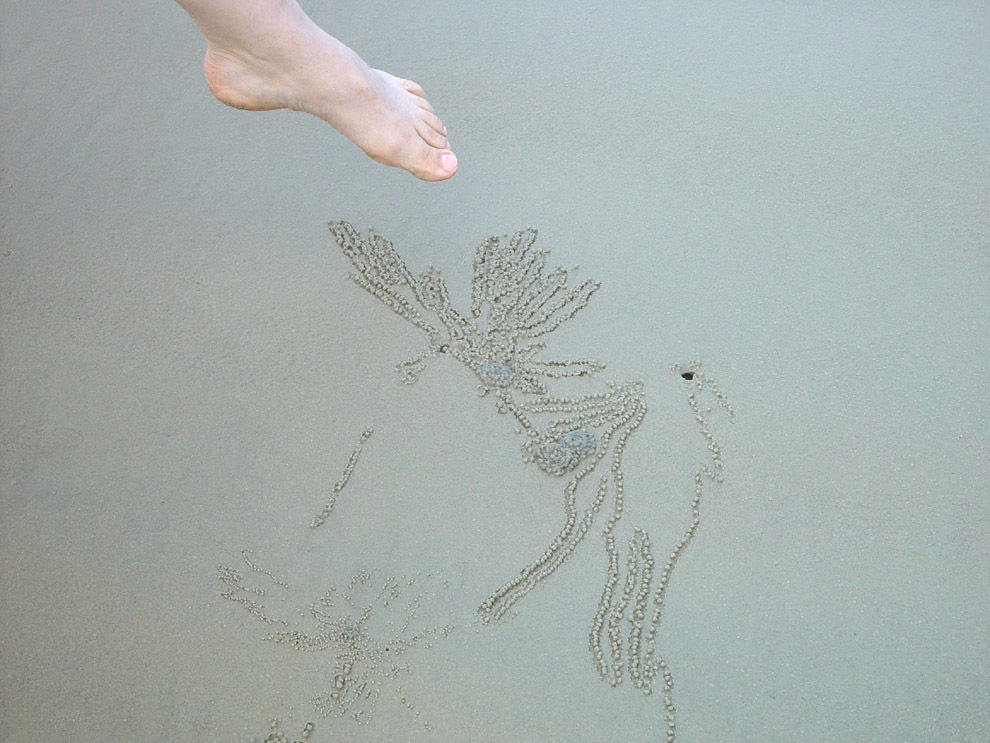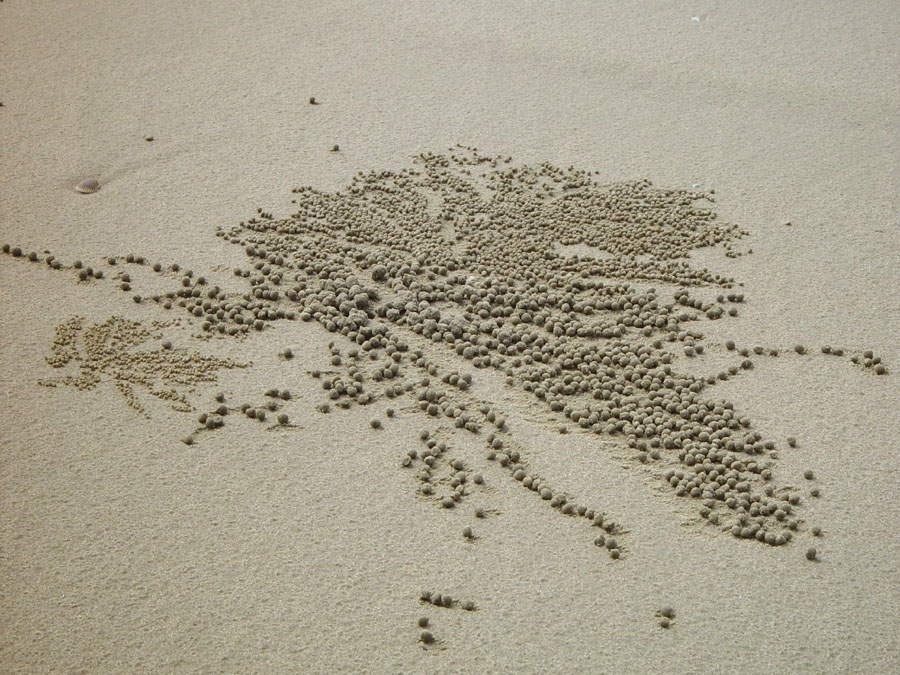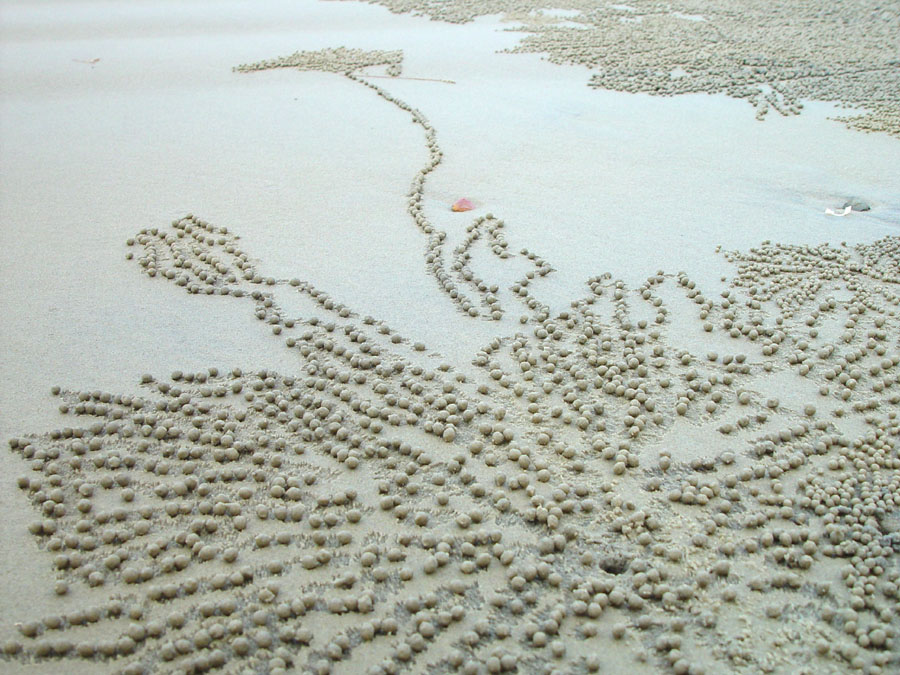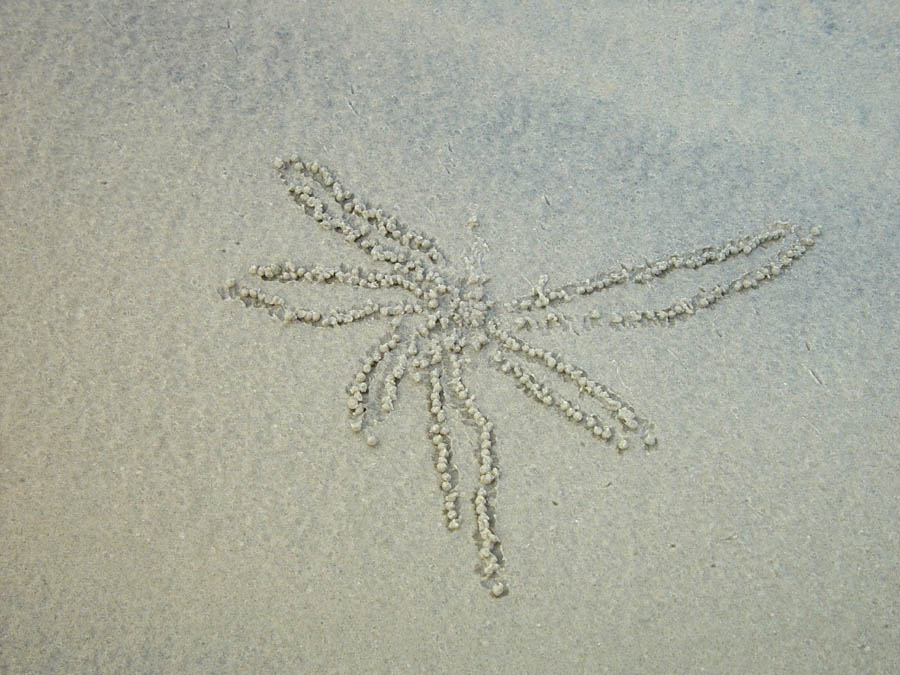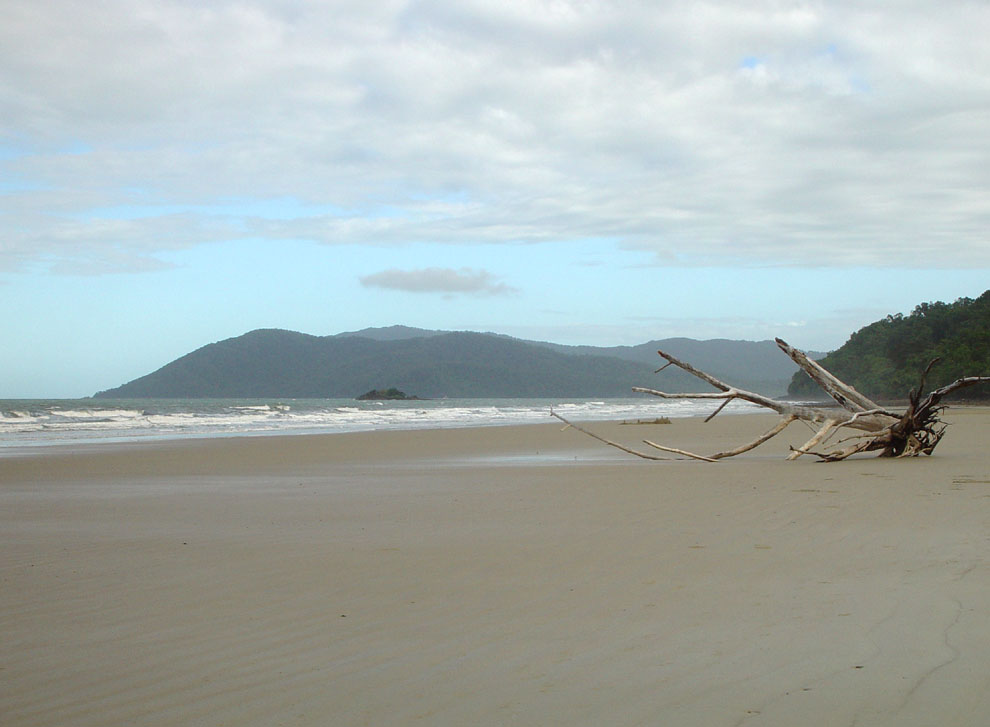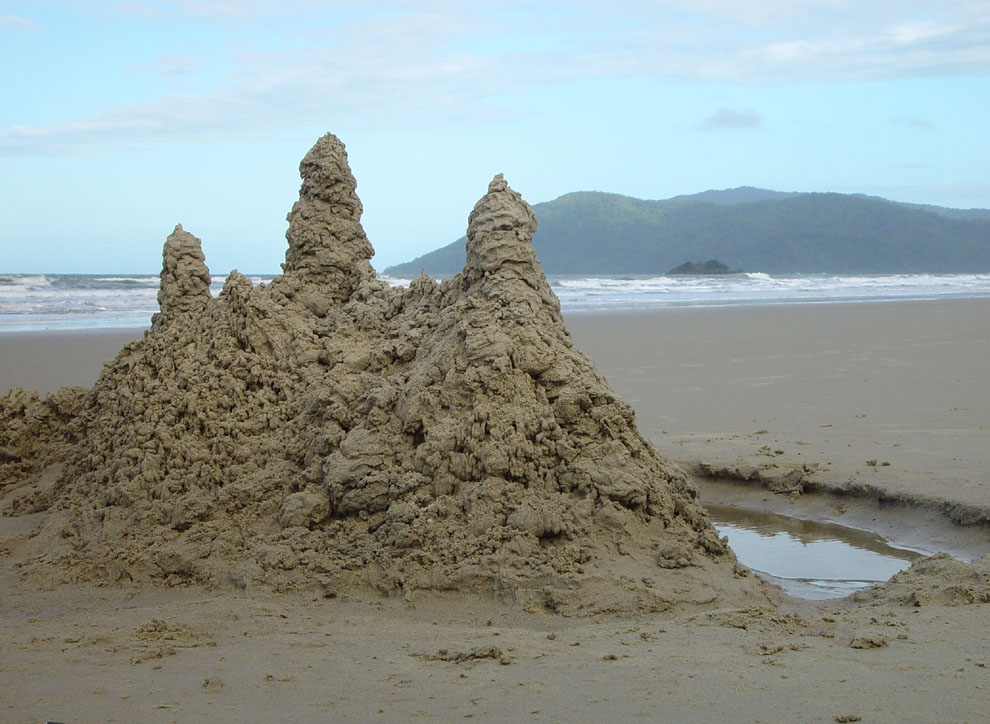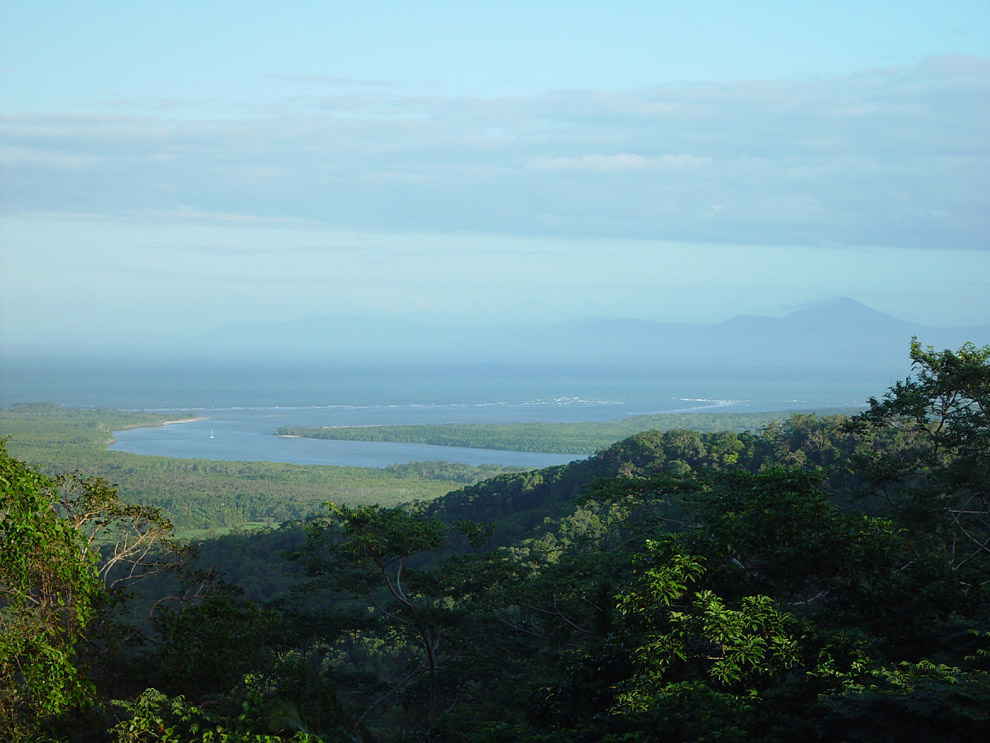Green Ants and Mangroves of the Daintree
Rainforest
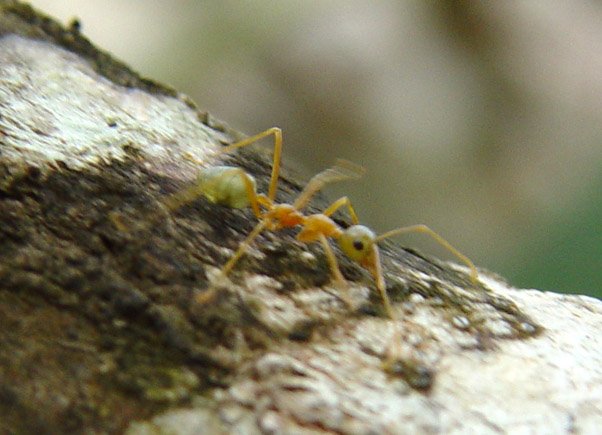
Here are some images, and one movie, of Green Ants and
their leaf nest. There are also images of trees, rattan vines,
rocks and patterns in the sand made by some small, industrious and
artistically gifted creatures.
Tina and I visited Thornton Bay in July 2006. These images are
from just south of Noah Creek, which is north of Thornton Bay and south
of Cape Tribulation. This area is north of the Daintree River,
and is widely regarded as a site where rainforests have been growing
continually for 100 million years or more. I guess this exact
location, on the coast, would not have had such continual
afforestation, but the nearby mountains probably would have. The
Daintree rainforest is regarded as the oldest, or one of the oldest,
rainforests. Googling indicates that similar claims are made for
Malaysia's Taman Negara too.
A fabulous guide to the flora and fauna
of this area is Lloyd Nielsen's Daintree
- Jewel of North Queensland. http://www.birdingaustralia.com.au/daintree.html.
Some sites of interest:
To the main First Principles
site: ../../ . To the other Show and Tell
pages: ../.
These images were taken with a 5 Megapixel Sony DSC-F707.
There are some large images below, so this page is probably only
practical to view with a broadband connection.
There are some extra images available via
clickable links. I suggest you use
the right mouse/trackball button to open them in a new browser window
(which you may want to maximise, if you are using Internet Explorer)
and then you can get back to the browser window for the main page by
holding down Alt and pressing and releasing Tab one or more times (at
least on a Windows and some Linux machines).
All images are copyright 2006 Robin Whittle. If you want to use
one, please write: rw@firstpr.com.au
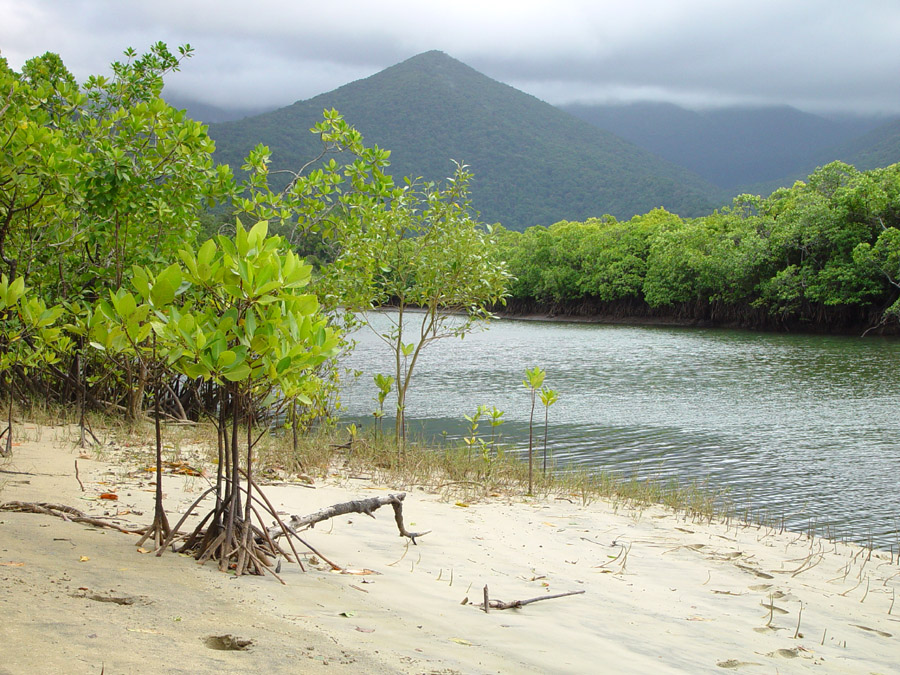 100 metres from the beach, looking west along Noah Creek.
100 metres from the beach, looking west along Noah Creek.
Just around the corner is . . .
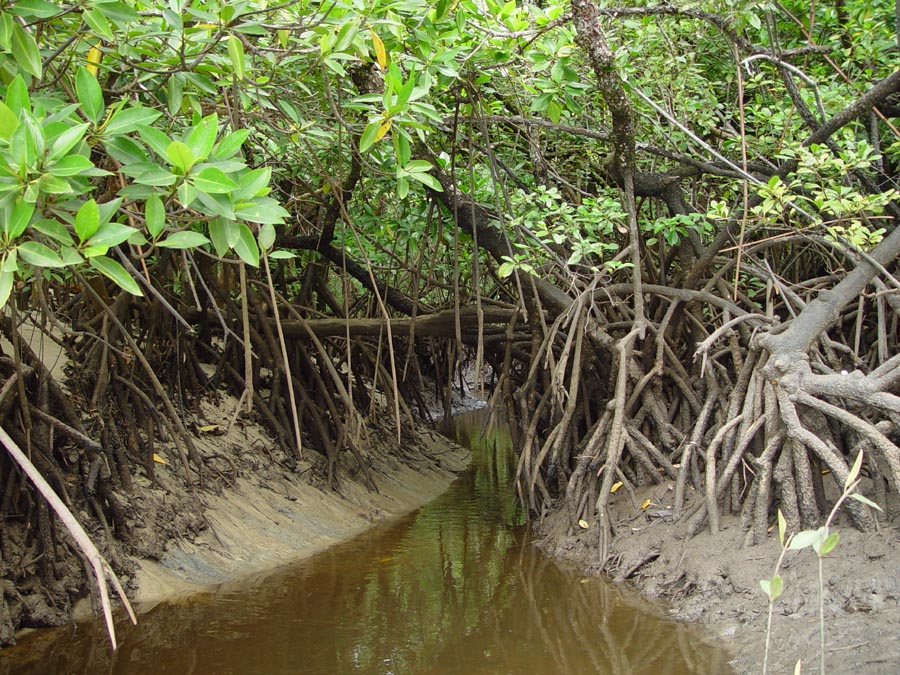
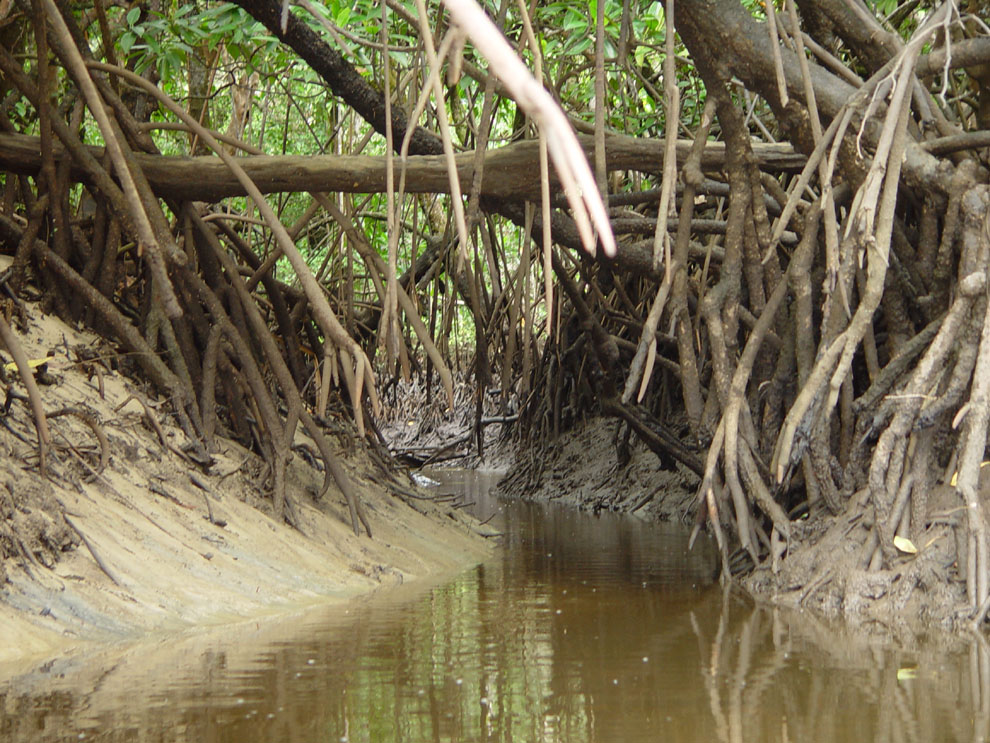
Tina called out to me saying I shouldn't be
standing in this water.
She was right. I am not used to worrying about crocodiles.
This is a very dangerous thing to be doing!
Lloyd Nielsen writes that there are
about 69 species of true mangrove in the world, with 34 being found in
the Daintree area. I assumed that all mangroves were related, but
in fact there are different families of them, mainly descended from
rainforest plants in quite separate families.
We are on the south bank of Noah Creek. Just at the edge of the
creek bank and the beach we found these green ants in a nest on a
branch of a mangrove.
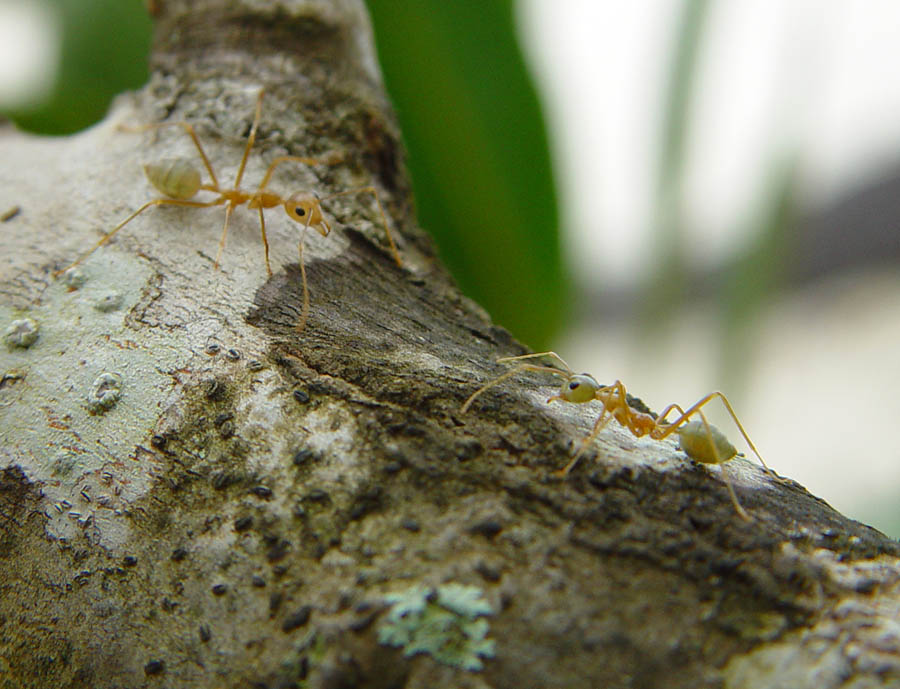
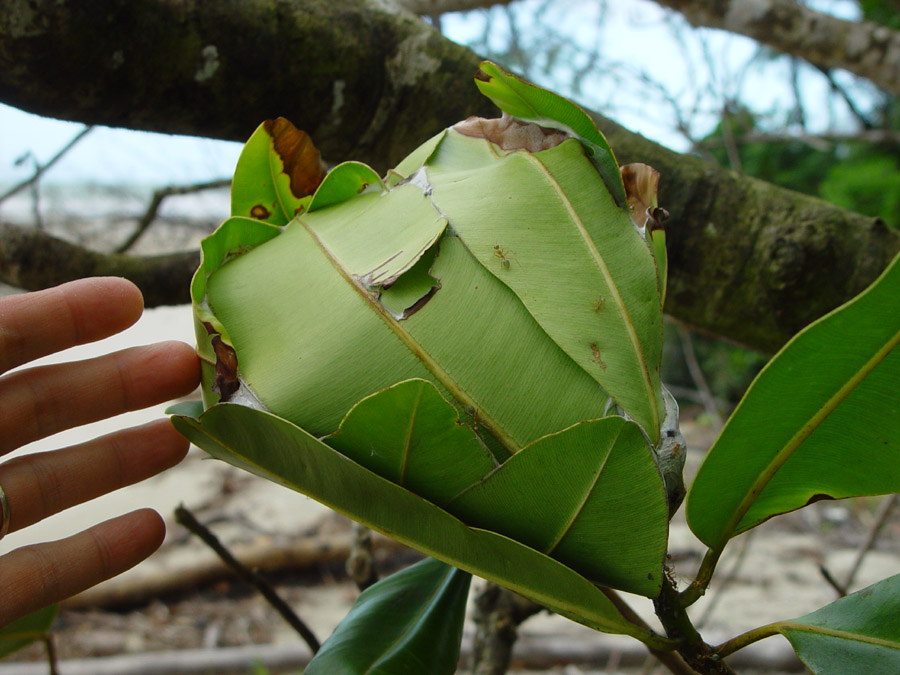 Lloyd Nielsen writes that
worker ants use silk-exuding larvae to sew the leaves together after
other worker ants have pulled the edges together. He also writes
of a "Moth Butterfly", the larvae of which feeds on the ants and grows
to maturity in the nest! The moth has loose scales which fall off
when the ants attack it as it escapes after it matures.
Lloyd Nielsen writes that
worker ants use silk-exuding larvae to sew the leaves together after
other worker ants have pulled the edges together. He also writes
of a "Moth Butterfly", the larvae of which feeds on the ants and grows
to maturity in the nest! The moth has loose scales which fall off
when the ants attack it as it escapes after it matures.
I wonder how long these nests last.
Does the queen decamp to a new nest if the leaves start to die?
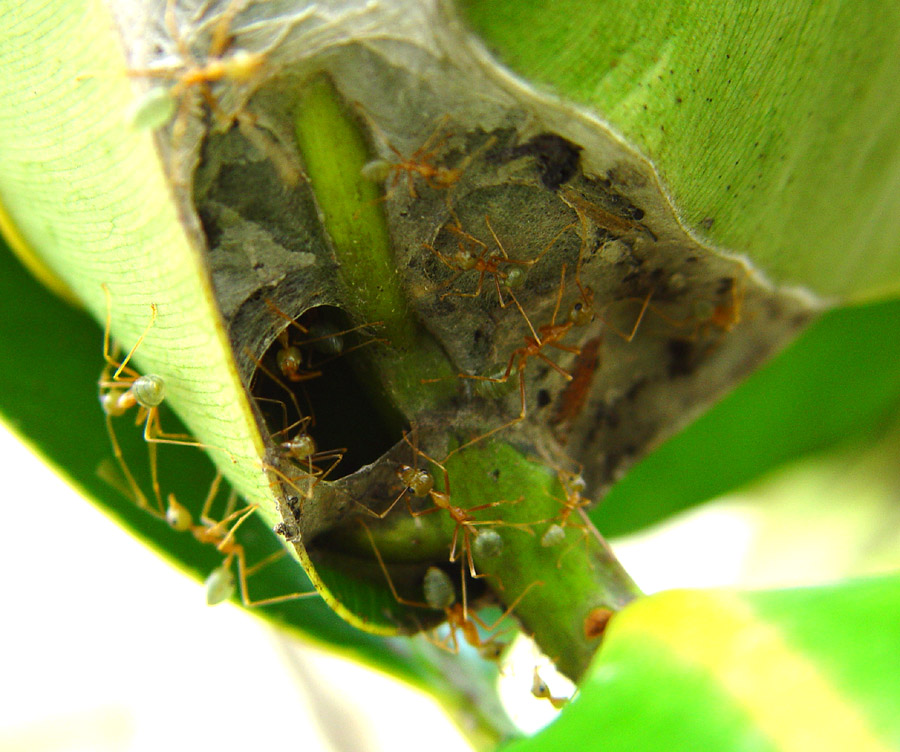

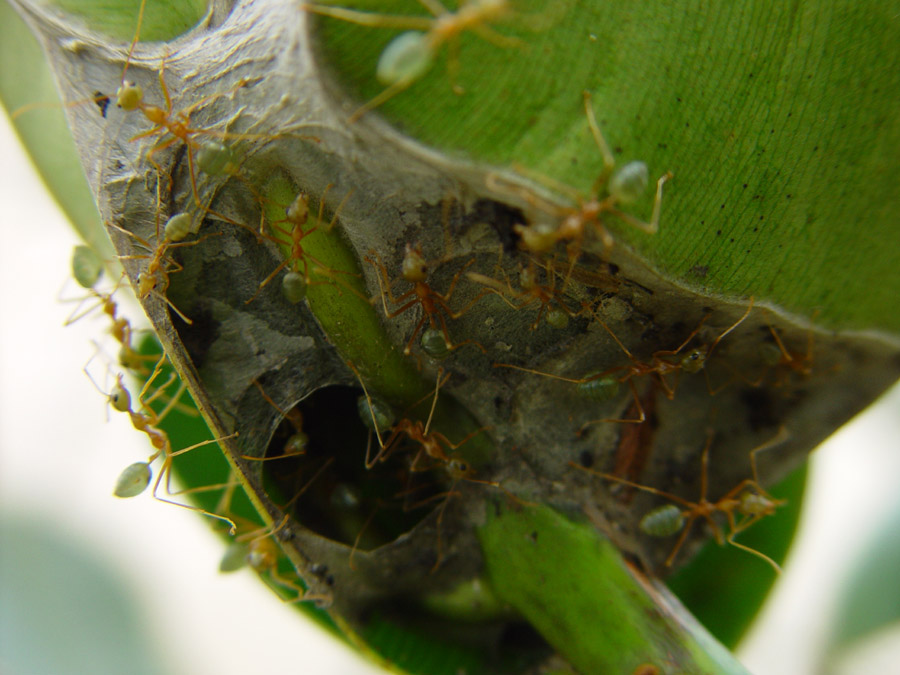
Here is a movie of the ants at the
entrance of their nest:
Green-Ants-Daintree-Rainforest.mpg
Apparently the ants bite and spray a nasty liquid, but do not
actually sting.
According to the Wikipedia
page these ants make a nice lemon/lime drink when squashed up and
mixed with water.
Now for some photos of going north towards
Noah Creek.
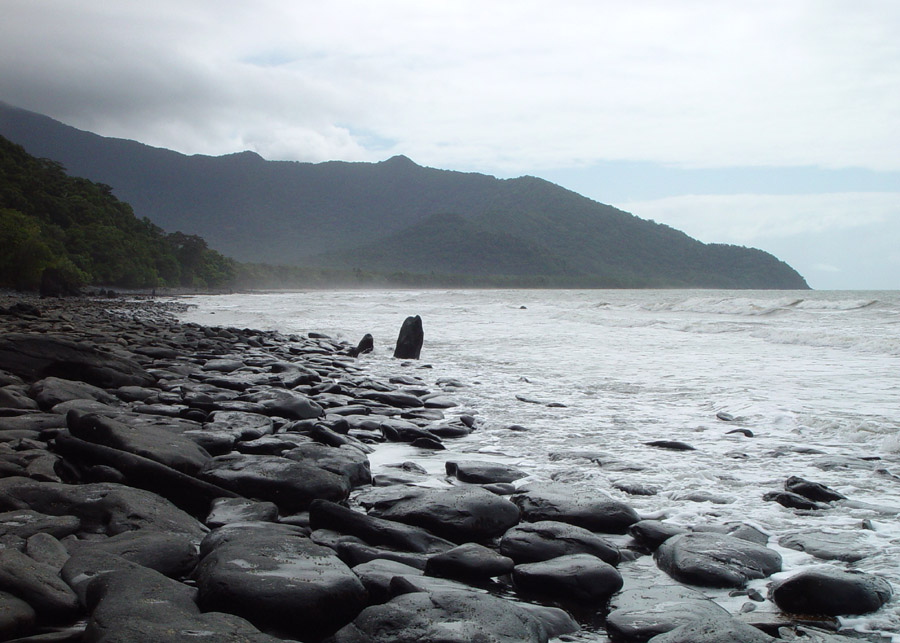
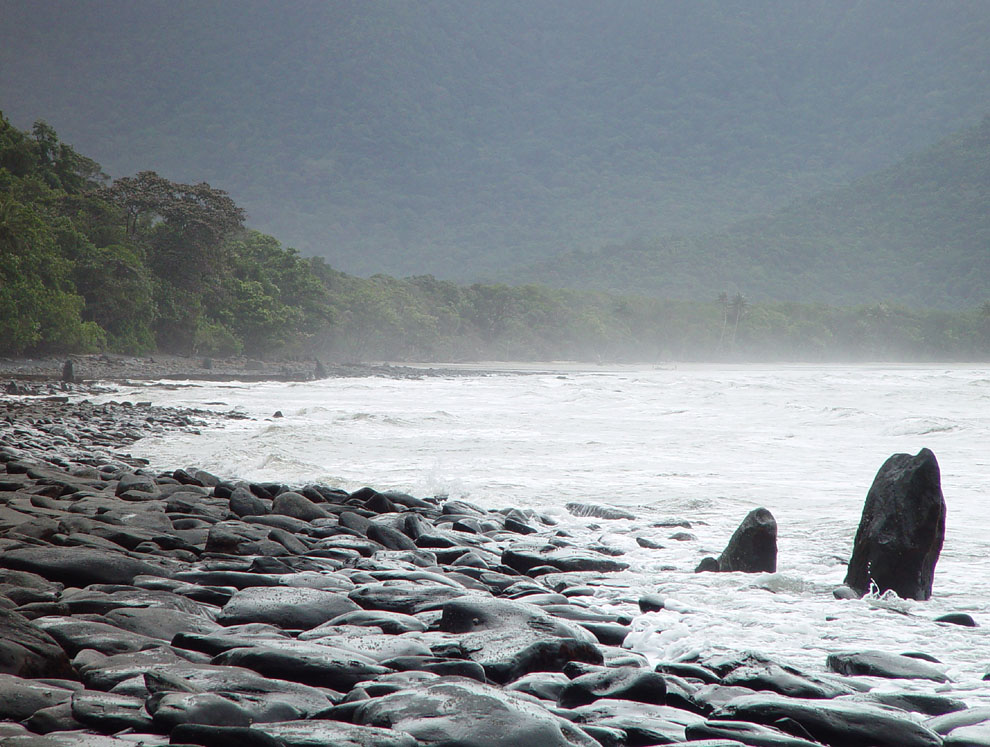
Somewhere around here the rocks supposedly bounce when thrown
onto other rocks.
We didn't observe this, but the rocks had a distinctly metallic sound.
They must be not only hard, but highly elastic, like a piece of iron.
I guess ordinary rocks do not return as much of the energy put into
them by bending
as metal does, or as these rocks do.
Since I was little, I have wondered where basket-weaving cane comes
from.
It is ''rattan", and normally comes from countries such as Indonesia
and the Phillipines.
It is normally collected wild from the forest, but can be introduced
into forests where it did not live initially,
without causing much trouble to the trees.
It grows in Queensland rainforests too. We saw lots of it here and at
Barron Gorge National Park, near Kuranda. I now recognise we have
seen it at Lamington National Park too. It is more commonly known
as "Lawyer Vine" or "Wait-a-While" because of its nasty spines.
Rattan is widely used for furniture, where it can be up to 20mm thick
or so.
Rattan is a palm - a climbing palm - not a grass like bamboo.
The stalk is porous, and there are no joints, while bamboo is hollow,
has joints and is made of extremely hard material.
Each plant has a long stalk, which runs between the roots and the "top"
of the plant, which has lots of spines and leaves.
It seems that the stalks can branch, but we didn't see much of this.
The "top" and the "stalk" could be just about anywhere, such as the
stalk going up 8 to 10 metres, dangling over a branch, coming back down
to the ground and then having its spines and leaves.
Lloyd Nielsen
writes that they can reach 250 metres in length!
There's lot more at the International Network for Bamboo and Rattan:
http://www.inbar.int/facts.htm
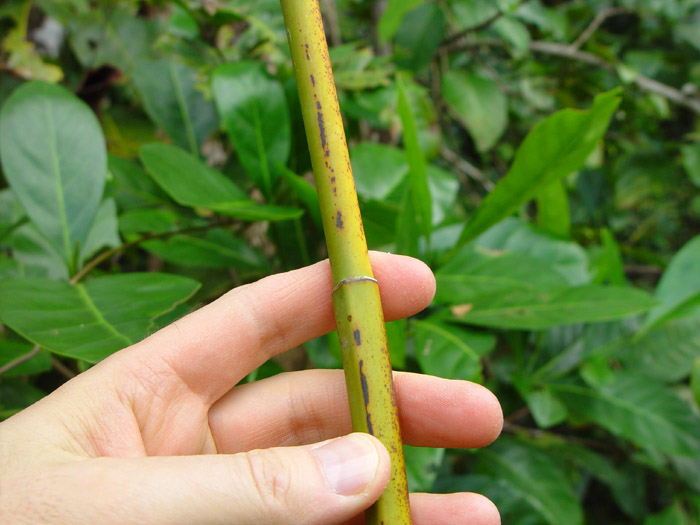
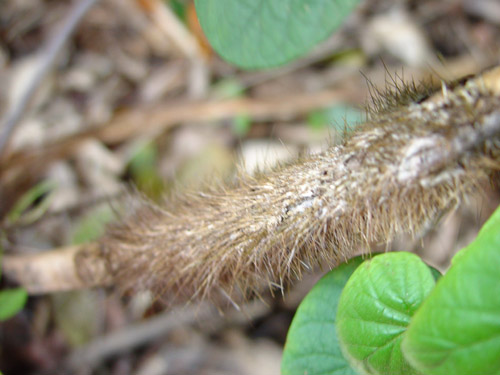
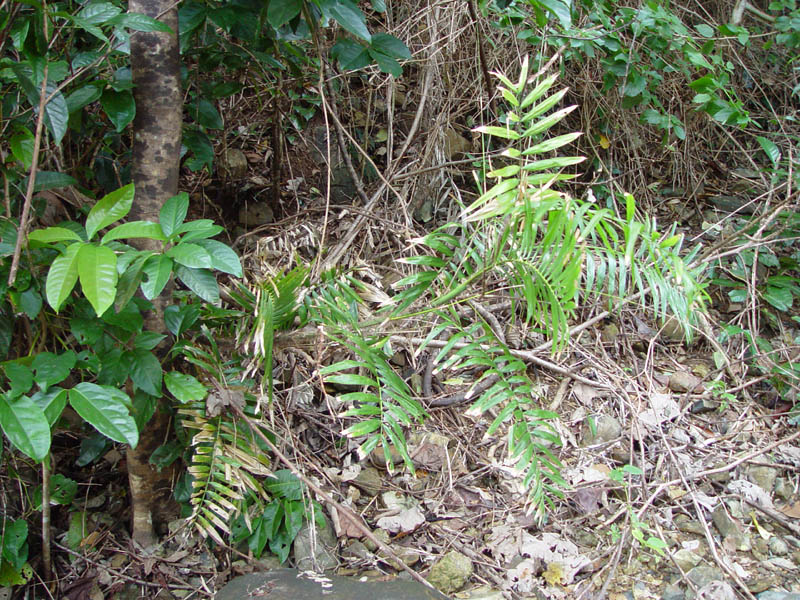
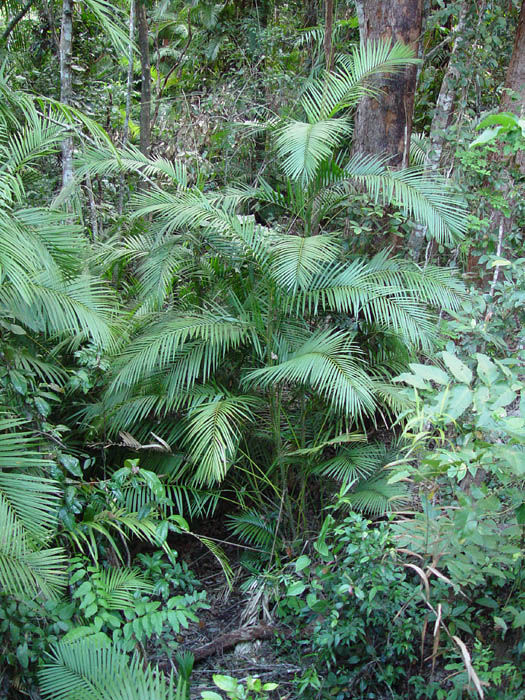
(This is actually at Barron Gorge.)
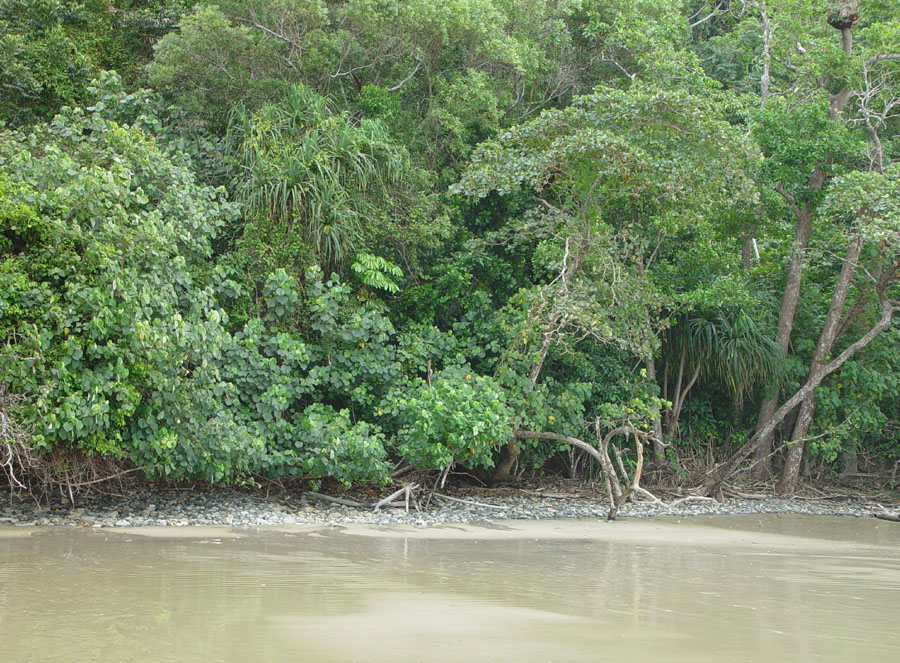
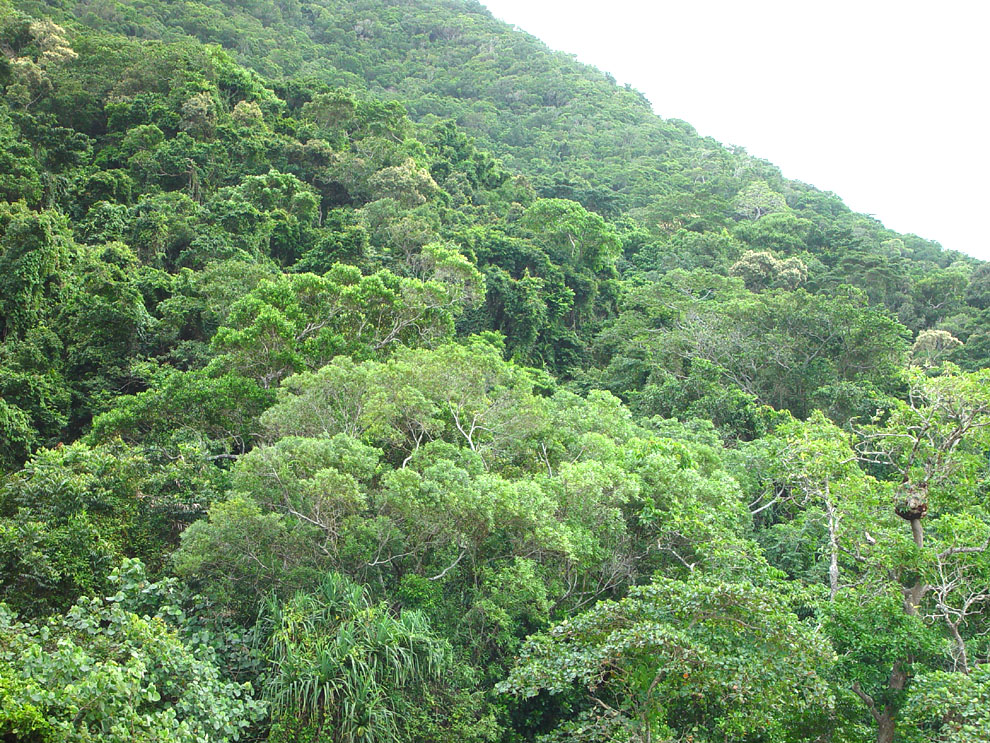
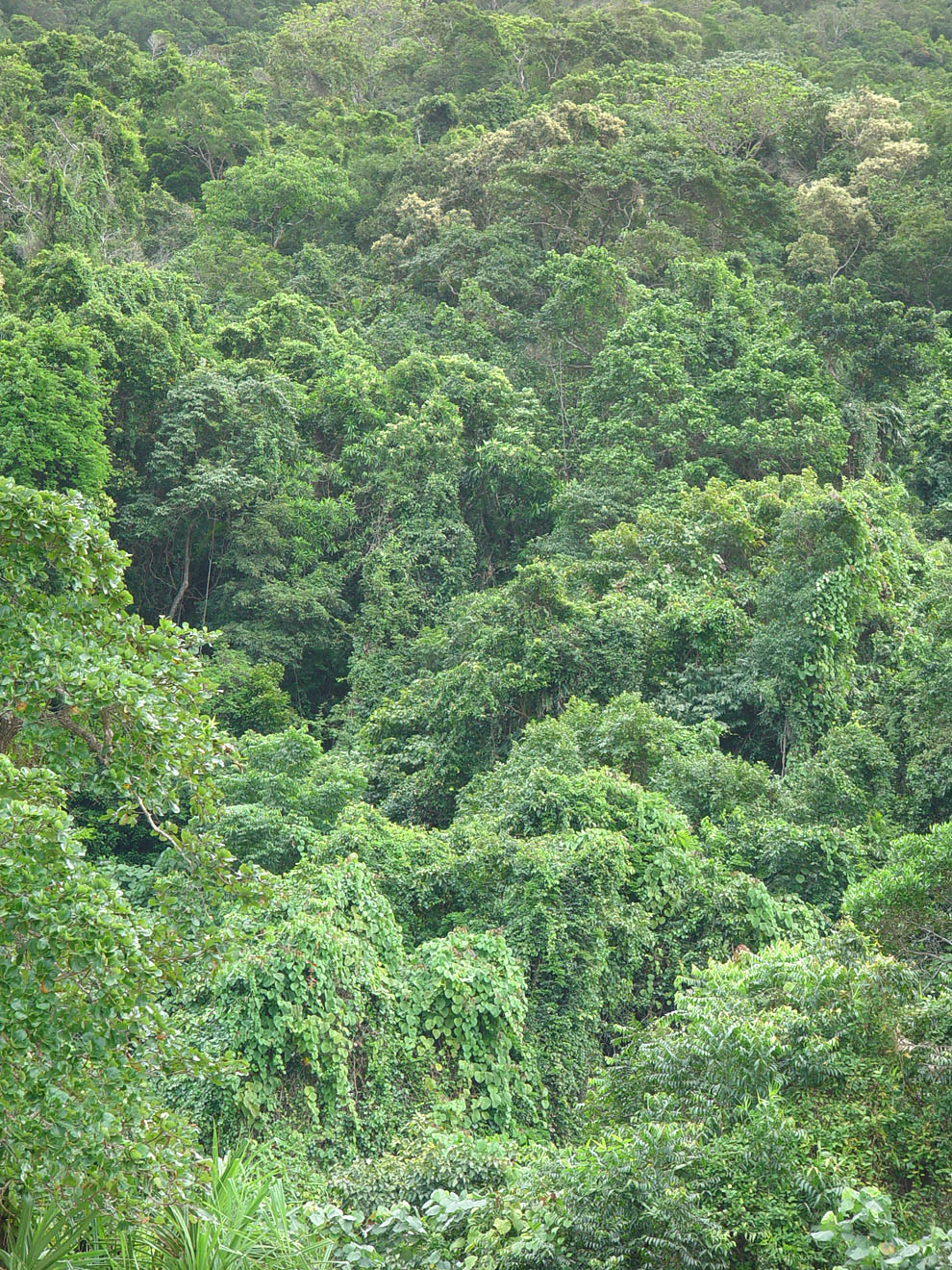
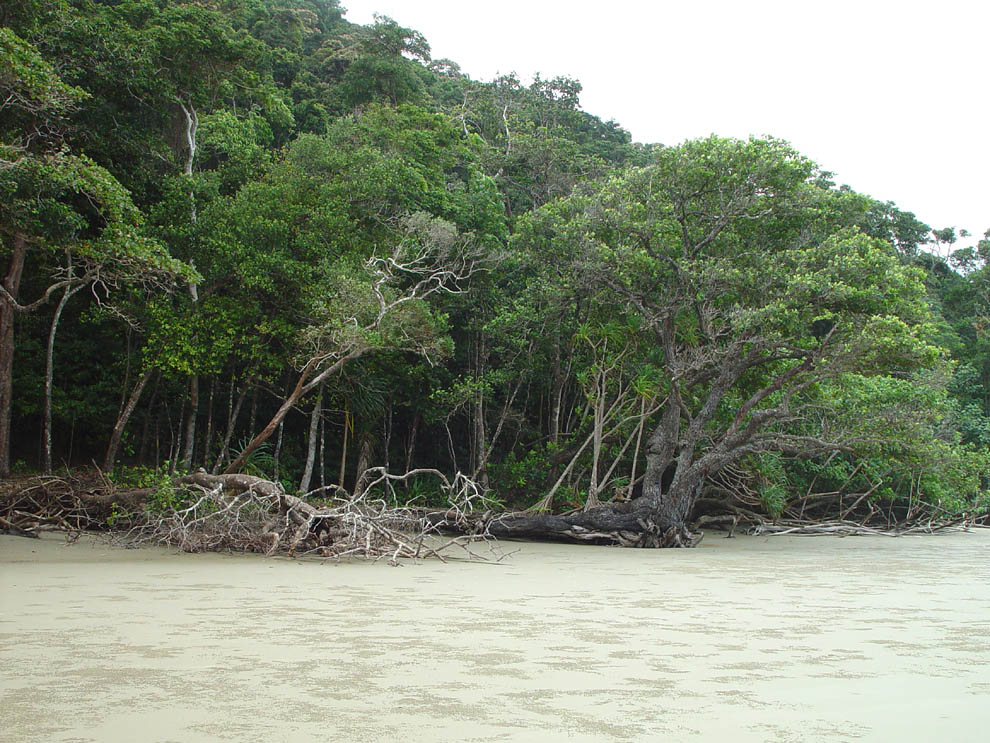
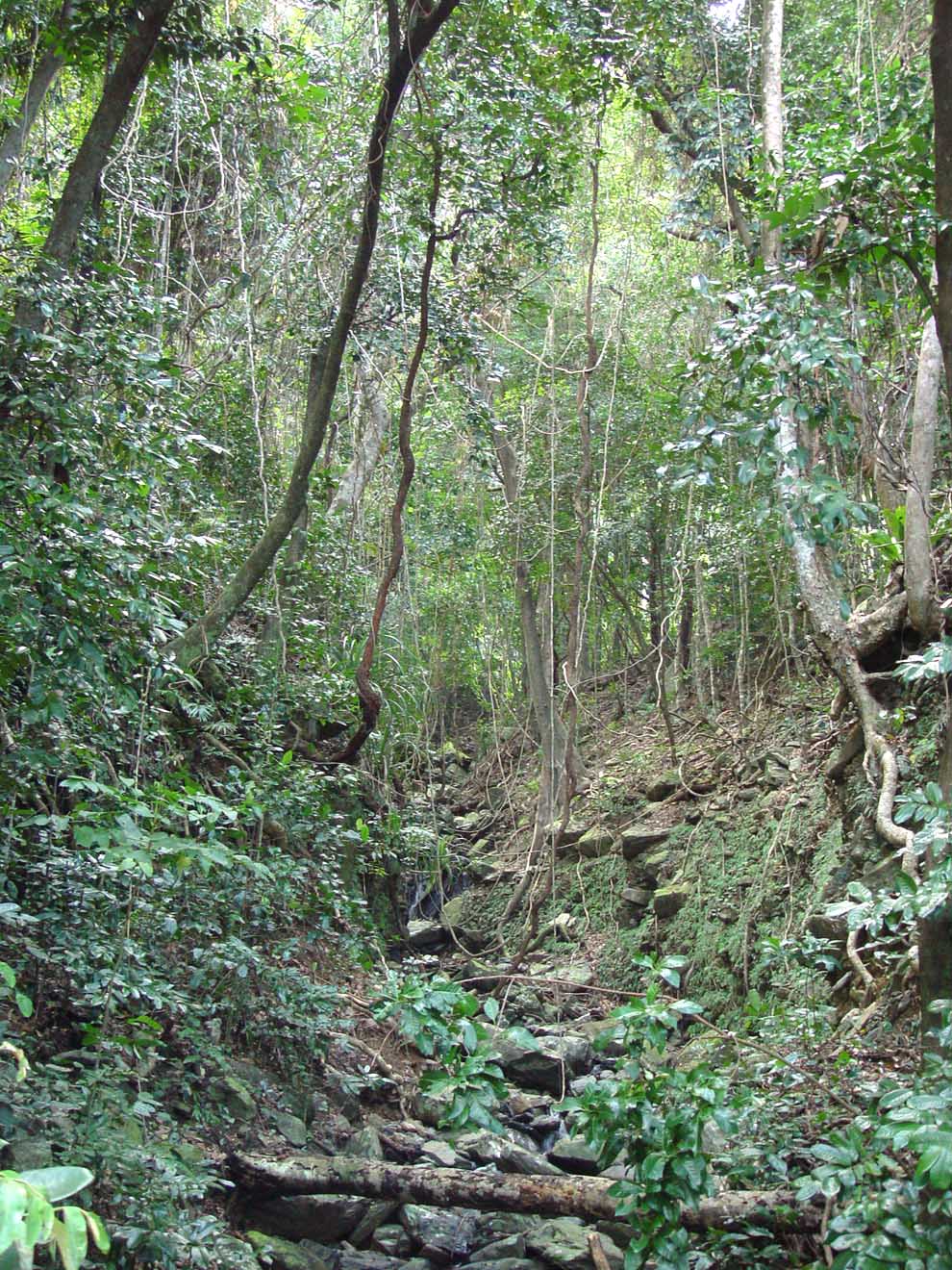
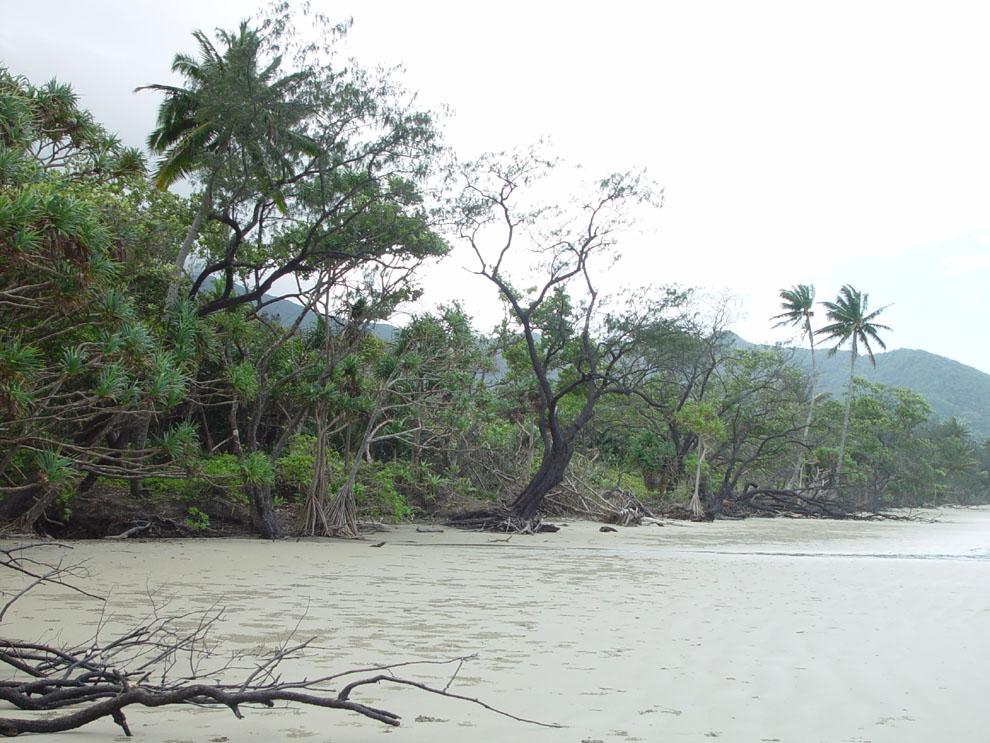
I read somewhere that coconut palms are not native to the
mainland of Australia,
so these ones must in some way have resulted from European activity.
I guess they normally only grow on the coast, with the
coconuts only mode of transport being floating on the ocean.
We found a germinating coconut near the beach at Cape
Tribulation, but I neglected to take a photo.
The leaves were sprouting up and the roots finding their way into the
ground, both through the thick,
low-density husk (which is used to make coir, for
doormats!). It was my impression that the roots and leaf-stalks
were coming out where the three little "holes" are in the hard coconut
shell, although this was
totally surrounded by the husk.
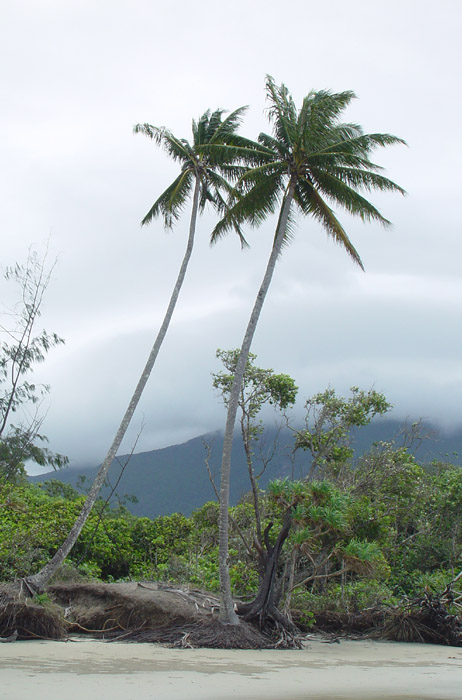
Computer monitors are vertically challenged.
Please right-click these links to see two more images of this beautiful
couple.
DSC00244-coconut-palms-big.jpg
DSC00246-coconut-palms-and-Daintree-rainforest.jpg
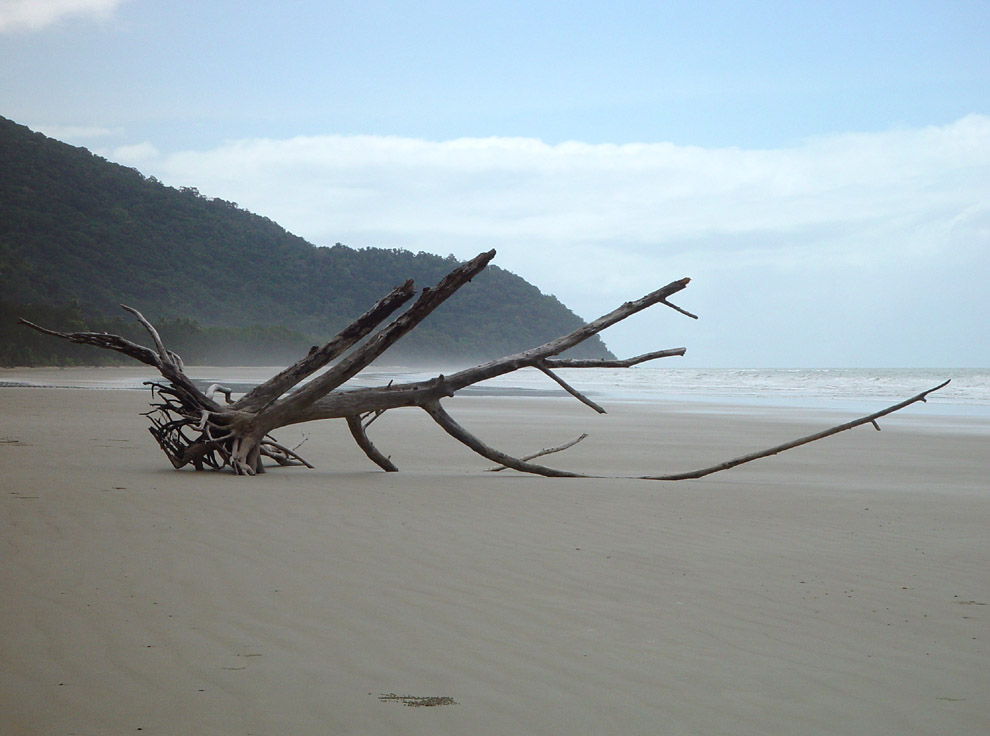
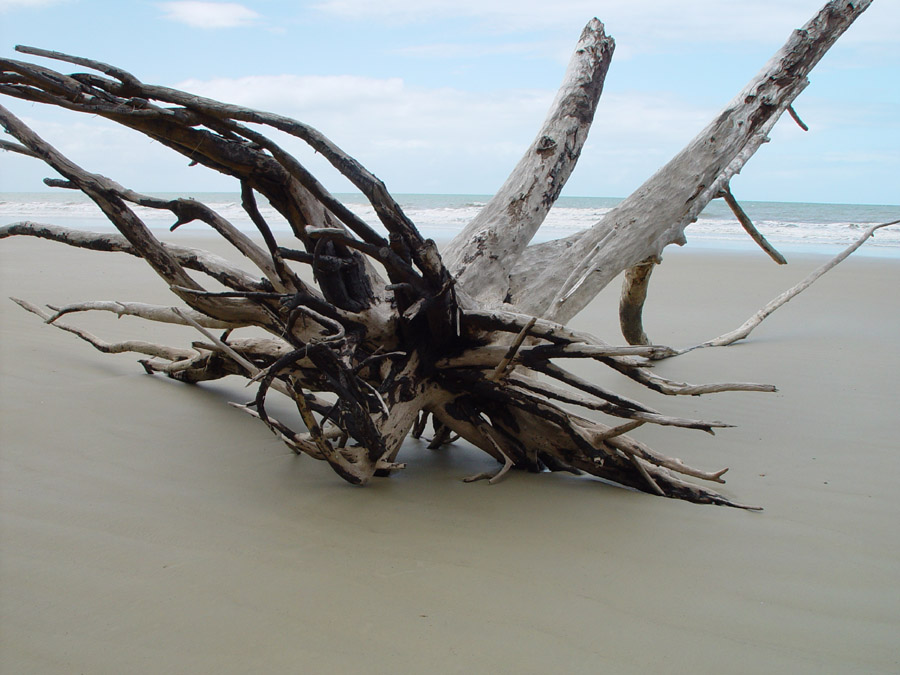
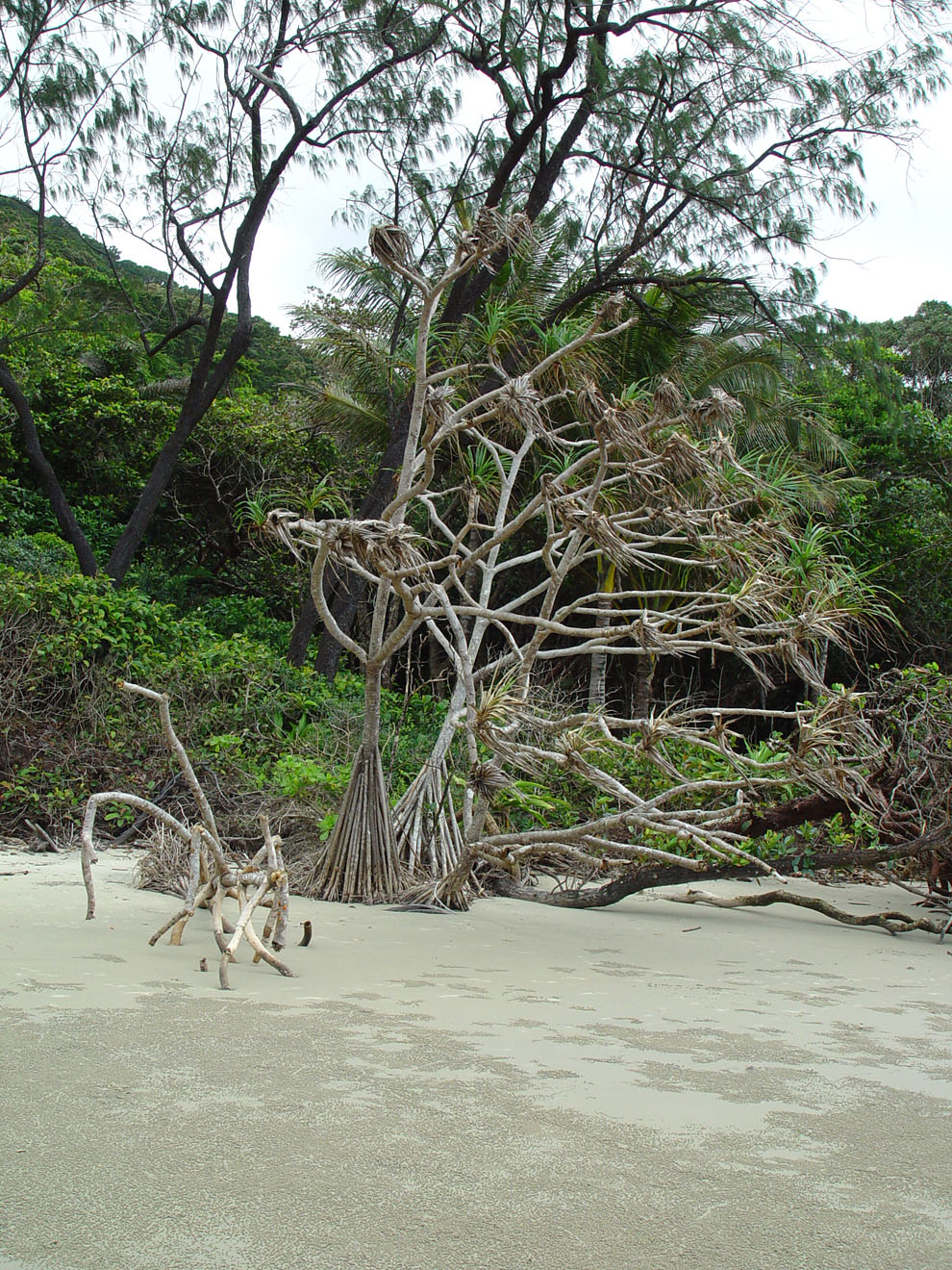
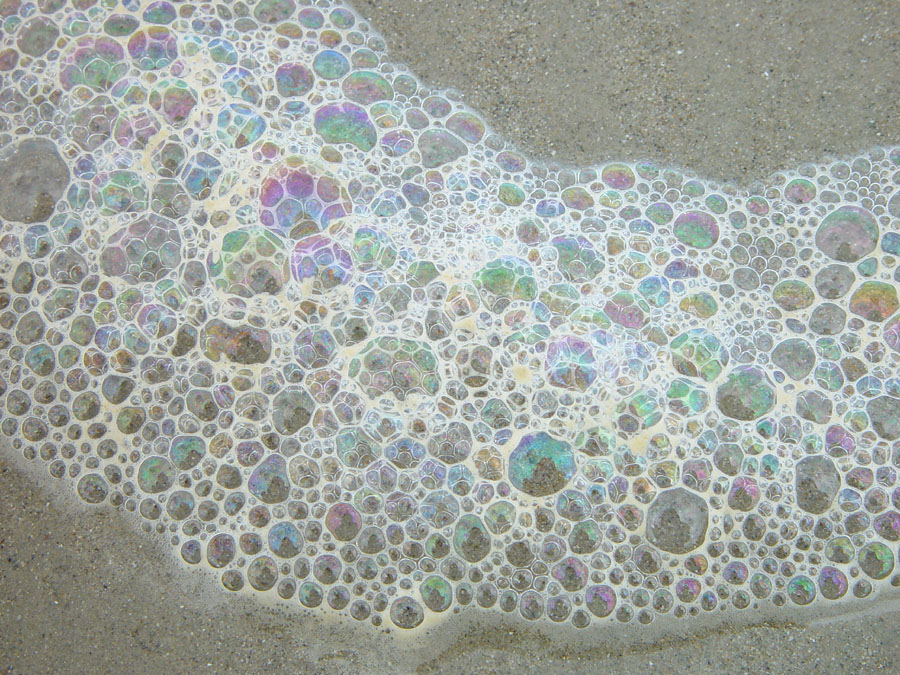
If this isn't trippy enough, you might like to click here, here or here.
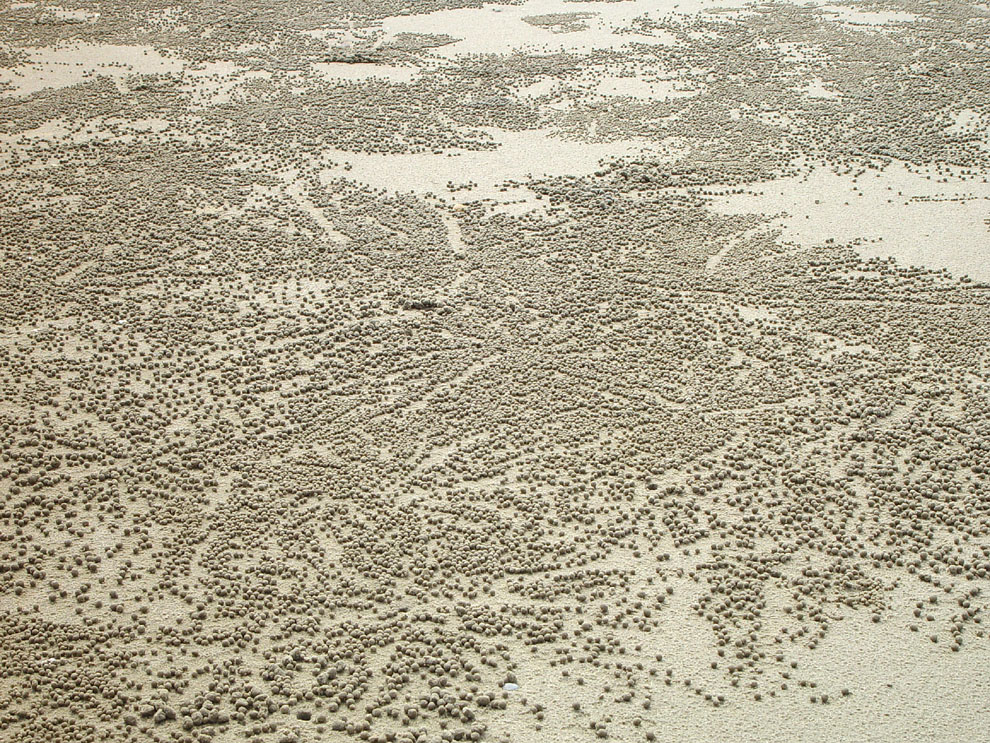 Here are some images of sand balls, which are between about 2 and
5mm
in diameter.
Here are some images of sand balls, which are between about 2 and
5mm
in diameter.
The last two images will be larger than life on an average computer
screen.
I think I saw one or two of the crabs which make them,
they are not much bigger than the balls.
Googling images for "sand balls" makes me think that this part of the
Queensland coast is
particularly well-known for these patterns.
The Department of Environment and Heritage site
has detailed information on the crabs which make these balls - the
Sand Bubbler Crab: Scopimera inflata (Family Ocypodidae).
They are distributed from Northern NSW right across the north coast of
Australia
to the western-most tip of Western Australia.
Melvyn
Yeo has some great pictures, from Thailand, of the crabs at work.
Some balls are the result of foraging for food with the
sand on the surface,
and other balls are thrown up from the burrow.
Here is a research article concerning their feeding behaviour - the
filter food from the sand and roll balls of sand behind them: Substrate Selection and Use by a Deposit-Feeding Richard K. Zimmer (via SciHub) https://sci-hub.tw/10.2307/1938367
Here is the mouth of the Daintree River,
looking south-east towards Port Douglas.
~ ~ ~ o o o 0 0 0 o o o ~ ~ ~
















